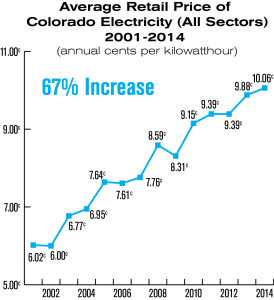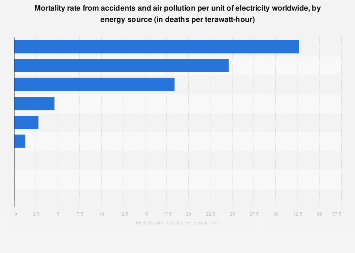What are the modifications are done by electricity prices?

Modifications in electricity rates
Prices utilized for PPIs in the production sector indicate the full spectrum of wholesale rates, including prices put by athletic auctions in its regulated wholesale demands, taxes from bilateral agreements, and interior transfer rates. Wholesale rates for electric energy generation early experienced larger yearly improvements through the middle-and last-two thousand, before improving at quieter rates (with substantial volatility) till 2010. From the year 2004 to 2010, production of Electricity Rates rose 31.7 percentage, with five of six years demonstrating annual boosts. Among the years 2010 and 2019, rates just rose 5.8 percentage. (The directory also displays seasonal volatility, as taxes spear in the summer right to high pressure for cooling issues.) In the moment of heatwaves, need can rise to very a point that it strains generation ability, causing substantial price rods. Smaller mountains happen in the winter, as some nations also utilize electric energy for heating objectives. Prices are commonly deep in-stream and plunge when refrigerating and heating pressure is deep. Month-over-month volatility is not just an outcome of changes in pressure, but can furthermore reflect seed retirements or the beginning of new ability, scheduled and unplanned shutdowns that decrease capacity, and differences in fuel taxes.
BLS computes the set of business PPIs for electric energy distribution utilizing sample statutes that copy the monthly taxes end-users reimburse for power. The prices in these statutes are overwhelmingly established by regulatory rate-setting cases catalogued with state-level utility committees. Often a small half of a statute is inferred by taxes that stay similar for six months or extended. Then also indicates the monthly business PPI for election power diffusion from the year 2004 to 2019. In widespread, there has existed a substantially upward direction in the taxes approved by buttons for distribution corporations through this interval; although, as with rates for electric strength generation, the direction flattened out began in 2010. Yearly average rates for electric energy distribution boosted 27.3% from the year 2004 to 2010. Between 2010 and 2019, rates only expanded by 17.5%. Related to production prices, diffusion prices indicate powerful seasonality. It is expected to many distributors give birth to different prices for summer and winter, causing the formal cyclical leap from May to October. This technique to rate environment has existed in spot for some period, but the inventory for electric capacity distribution indicates that the frequency and extent of seasonal pricing remember increased over the period. There are various possible justifications for the dynamic, extremely as additional distributors inaugurating seasonal prices over time, buttons being more inclined to approve elevated seasonal expenses, and changes in the energy mix in consequence during intervals of high pressure affecting peak rates

The upward direction of regular price increases for electric energy distribution indicates several dynamics. Percentage rates commonly believe in the importance of a utility’s again-generating bargains, annual working, and maintenance expenditures, and a desired price of rescue. These price directions, therefore, reflect (1) equity investment aimed at replacing, maintaining, and expanding production capacity, and across-the-board changes in working and maintenance expenses. Variation in diffusion prices also indicates changes in production power rates which enact through to diffusion rates in the shape of variable energy cost adjustments that criterion average rates paid for energy.
